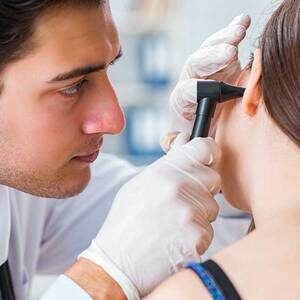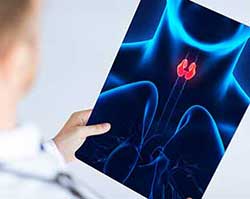Consult City's Top Doctors, The Minute You Need To
First Consultation starting
@ ₹249 ₹499
2907
Dermatologists
1074781
Cases done
by Dermatologists
1783
Hospitals
Dealing with Nail Deformities Due to Lichen Planus? Here’s What You Should Know
About
Nail deformity caused by noninfectious inflammation
Lichen planus can affect nails in about 10 percent of the cases.[1]
- Treatable by a medical professional
- Requires a medical diagnosis
- Lab tests or imaging rarely required
- Medium-term: resolves within months
Lichen planus is a noninfectious, itchy rash that can affect many areas of the body, especially the skin. In the case of nails, it causes thinning, ridging, and splitting. Some people experience permanent nail loss as well. Nail changes can occur with or without skin involvement, and the damage is usually done to the nail root. This nail deformity commonly involves only two or three fingernails or toenails, and occasionally all the nails could be affected. It is called twenty-nail dystrophy if all nails are abnormal and no other area is affected. If the nails are so destroyed that they don’t reappear, then the condition is called anonychia.
Ages affected: Ages between 6 and 18: often; between 19 and 60: most often
Symptoms
Self-diagnosable:
Symptoms include deformity of toenails or fingernails.
People may experience:
Changes in nails: Thinning, decolorization, rigidity, and depressed, thicker, or raised nails
Also common: Cracking and splitting of skin at the fingertips, inflammation of nail folds, and itching
Treatment
Medication: Homeopathy medicines may help, alongside topical ointments, to reduce itching and pain, or any preferable cream as prescribed by the doctor.
Specialists: For medical suggestions, consult a dermatologist. At mfine, we recommend personalized healthcare treatments on the basis of ones overall medical history.
Other Specialities
Give a missed call to 08061914343 to Download the App
































